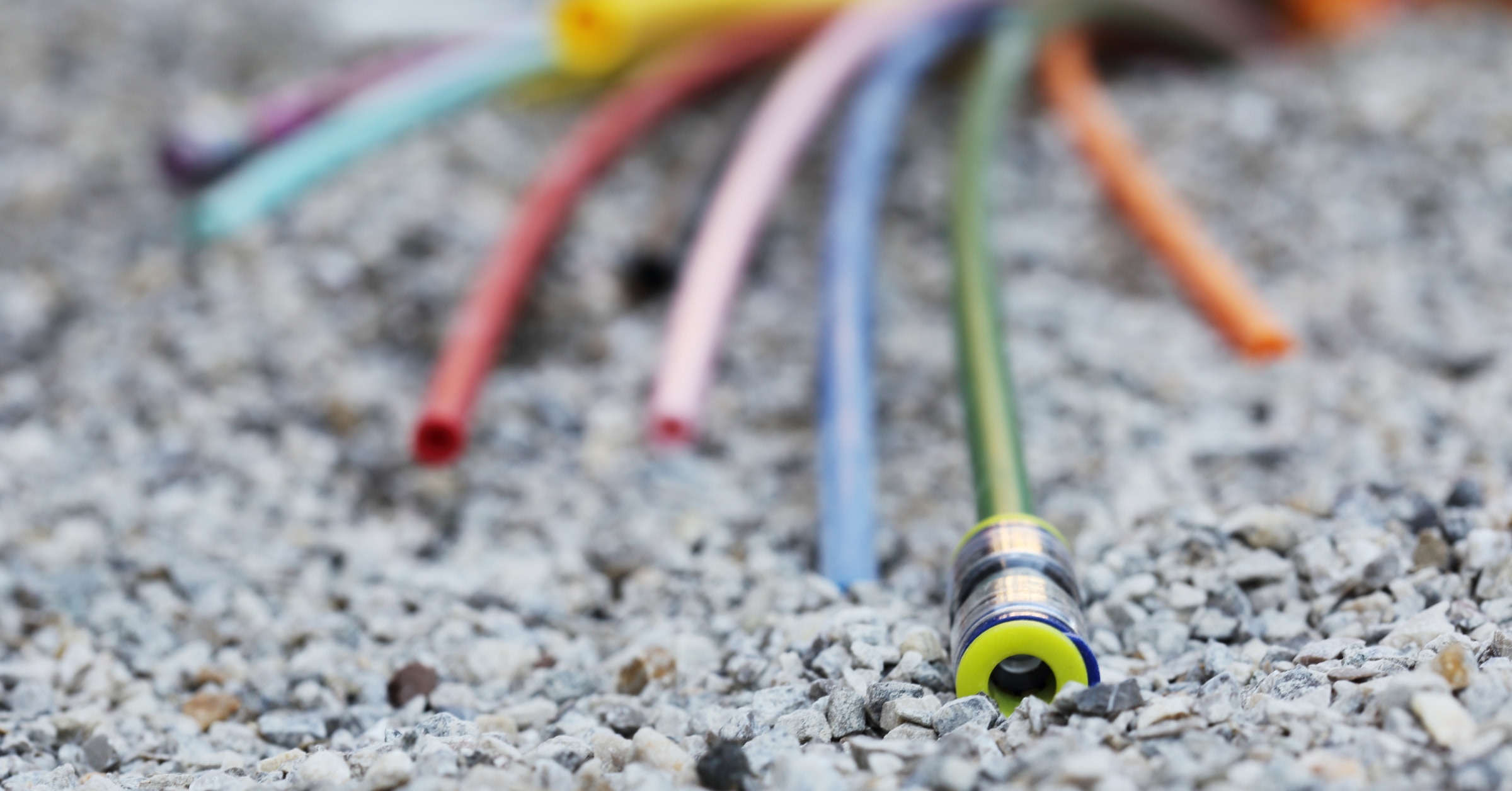Film distribution has abandoned traditional film reels and physical hard drives in favor of ultra-broadband connections. Thanks to fiber optics, digital films can be sent directly to theaters quickly and securely, reducing transportation and production costs and time.
Cinema has always been a cultural reference point and has continuously innovated to offer audiences extraordinary audiovisual works. In recent decades, the transition from analog to digital has marked a significant shift for the entire industry, introducing new quality standards for film reproduction and, most importantly, key efficiency criteria in the distribution chain.
In particular, the adoption of FTTH (Fiber to the Home) fiber optics has played a crucial role. Ultra-fast connectivity has optimized the process of distributing films to theaters across Italy in ways that were unimaginable just a few years ago. Not only has it eliminated the need to ship physical media, reducing costs and improving sustainability, but it has also paved the way for new viewing experiences.
The transition to digital cinema: from film reels to DCP files
In the past, movies were distributed on film reels, perforated strips that allowed moving images to be recorded and projected using the now-iconic reel system. This system, which relied on cellulose or polyester film and analog projectors, underwent continuous evolution to enhance both projection quality and large-scale content distribution.
However, producing, printing, and transporting film reels were time-consuming, costly, and complex processes, even at the time. For some cinema operators, especially in certain regions, these expenses were nearly prohibitive.
In the early 2000s, the film industry took a crucial step toward digitalization with the introduction of the Digital Cinema Package (DCP), a format specifically designed for 4K theater projection, universally compatible and based on strict quality standards. With digital projection, film reels were replaced by a digital data stream that transmits both images and sound.
The DCP format quickly became the standard in film distribution because it reduced the risks of film damage and significantly cut printing and transportation costs. Initially, hard drives supported this technology, ensuring image quality comparable to traditional film.
Advantages of FTTH fiber in film distribution
Innovation in cinema didn’t stop with hard drives. Since the introduction of fiber optics in the entertainment industry, we have seen the wonders of 4K streaming available anywhere. This digital revolution has also transformed the complex and delicate film distribution sector, simplifying many processes and improving efficiency.
FTTH connections allow DCP files to be sent digitally without the need for physical media. This results in faster transmission speeds for all theaters. A 4K DCP file can exceed 100 GB, but with a fiber-optic network, it can be transmitted in just a few hours or even minutes—far quicker than previous methods, which required days for physical shipping.
Thanks to these capabilities, ultra-fast networks have made it significantly easier to stream live cultural events such as festivals, concerts, and sports competitions. Theaters have thus become ideal venues for hosting special initiatives and engaging audiences.
Additionally, fiber optics provide secure connections for transmitting films and digital content to theaters, an important factor in combating piracy. DCP files are encrypted and accessible only to authorized users, ensuring a high level of security.
From a production and environmental perspective, digital film distribution is undoubtedly more sustainable. Without the need to physically ship film reels or hard drives, fiber optics eliminate production and transportation costs. This significantly reduces the use of polluting materials and lowers carbon emissions associated with logistics.
Open Fiber: A Partner for the Future of Digital Cinema
The FTTH network is at the heart of a continuously evolving technological ecosystem and has become a central pillar of digital film distribution. Thanks to its ultra-fast infrastructure, Open Fiber is a strategic partner for the digital cinema industry, making it faster, more secure, and more sustainable for everyone. This necessary transformation enhances film access across Italy without burdening the planet and its resources.
At Open Fiber, we support users in digital transformation and actively participate in sustainable development, promoting access to ultra-broadband across the country, including areas where private operators have not found it profitable to invest.
Join the innovation. Check your coverage and find out if Open Fiber’s fiber-optic network reaches your address.










